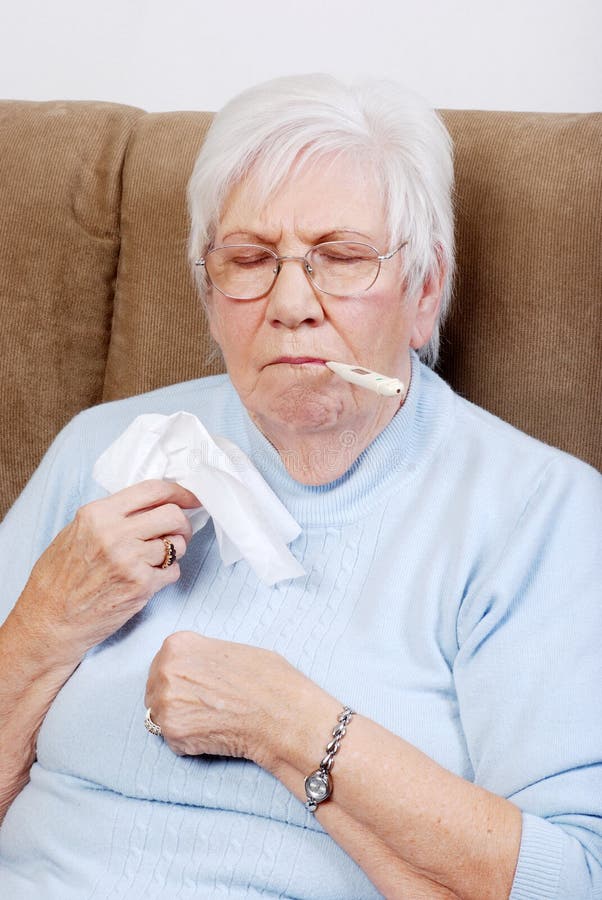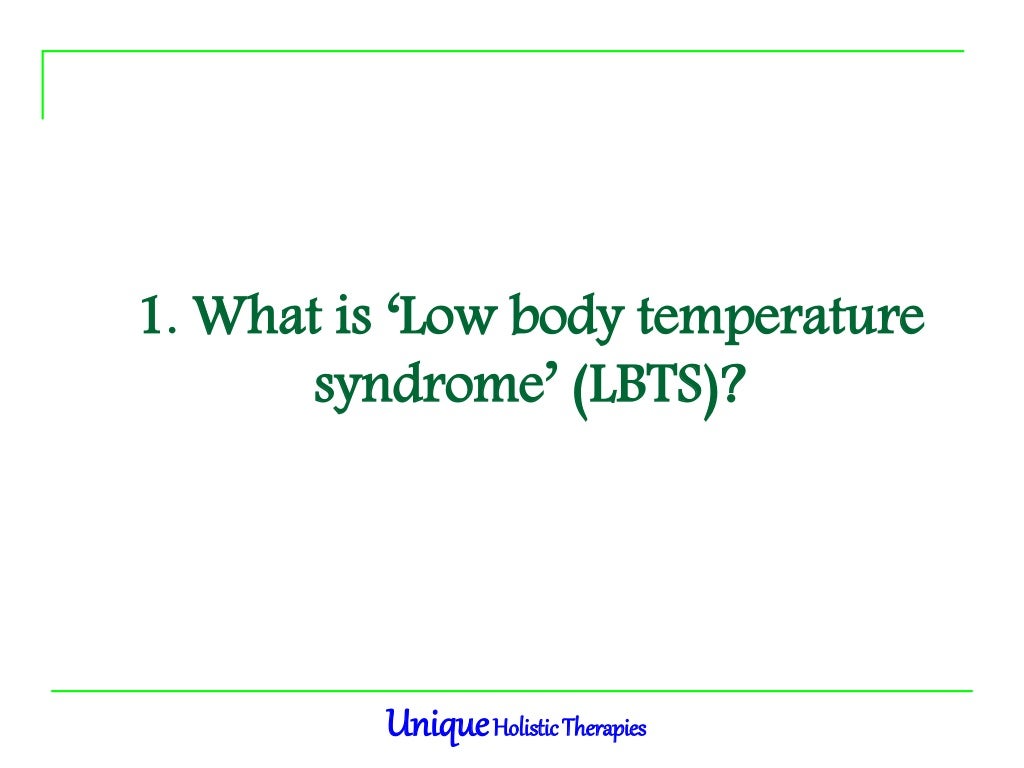
This doesn't usually mean you have a bacterial infection. What is a fever? When should you worry about a high temperature? Available from: (accessed ). The discharge from your nose may start out clear and become thicker and yellow or green as a common cold runs its course. Institute for Quality and Efficiency in Health Care (IQWiG).

Other signs of hypothermia include: Sleepiness.

The average normal body temperature is most often said to be 98.6 F (37 C). Hypothermia This can cause you to feel feverish even though your temperature hasnt risen. Normal body temperature is not a single number, but rather a range of temperatures. In all health- related matters, always consult your healthcare professional. At my regular doctor visits, my temperature has been around 96.5 F. All information presented on these web pages is not meant to diagnose or prescribe. This article is for general information only and not intended as a substitute for medical advice. Colds Both colds and influenza are viral illnesses, they both tend to occur in the same seasons, and they have many overlapping symptoms, like a sore throat and a stuffy nose. are getting sicker instead of feeling better.There are two ways that COVID-19 is being transmitted inhalation and close. are shivering or shaking uncontrollably They cause everything from the common cold to the flu and the deadlier SARS virus.any other symptoms that are causing you worry.looking sicker than before – more pale, lethargic or weak.



 0 kommentar(er)
0 kommentar(er)
